2017 Ford Escape: First Drive

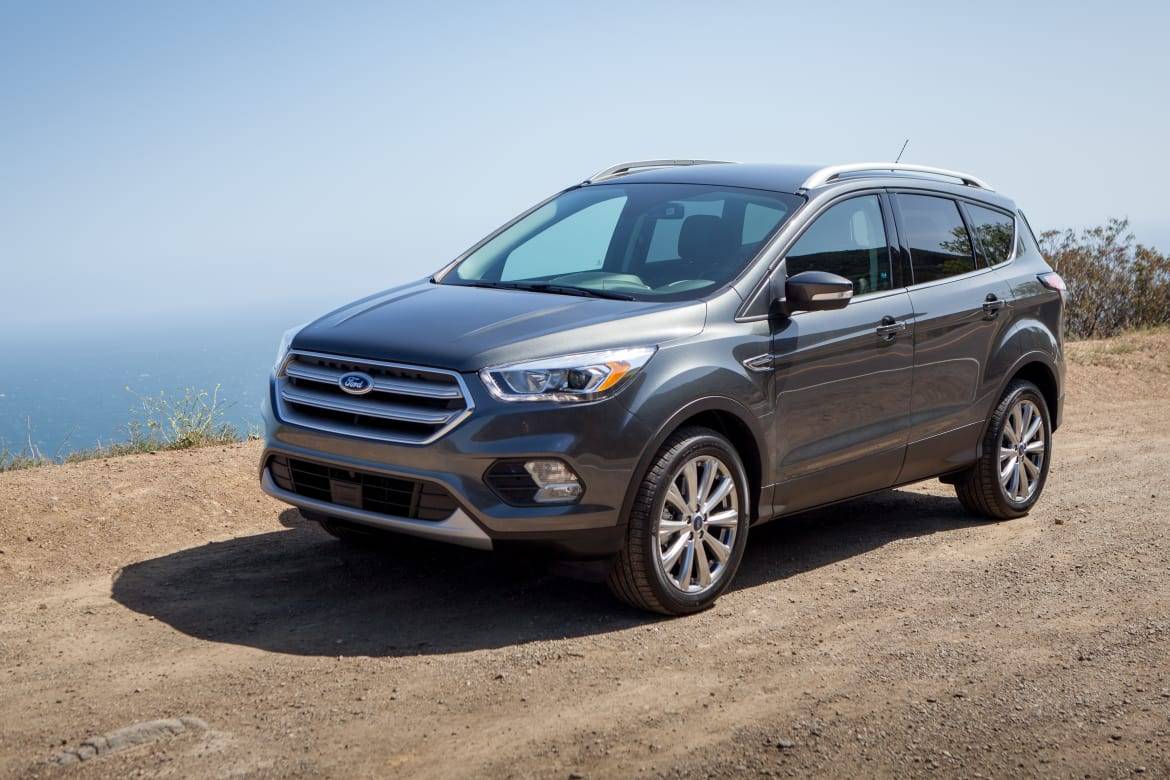
The updated 2017 Ford Escape’s improvements may not be significant enough to sway people who don’t have the Escape already on their compact SUV shopping list, but those who do will find the small SUV easier to live with daily. Cabin improvements in storage and quietness boost everyday livability, while Ford’s optional Sync 3 multimedia system is more feature packed than before, including Apple CarPlay and Android Auto smartphone integration. Also newly available is smartphone control for remote start and other features. The addition of optional forward collision warning with automatic emergency braking and lane departure warning with lane keeping assist bring the Escape’s safety feature count on par with others in the class.
Related: 2017 Ford Escape: First Look
As a whole, compact SUVs aren’t particularly exciting or engaging to drive, which is how the outgoing Escape distinguished itself, providing sophisticated ride and handling plus powertrains that favored performance and punchiness over pokey, fuel-saving numbness. In the 2017, incremental updates improve on those characteristics. Additional sound deadening quiets the ride to near luxury levels of highway isolation, and the top optional engine is a new 245-horsepower, turbocharged 2.0-liter four-cylinder EcoBoost engine using a twin-scroll turbocharger for improved acceleration responsiveness. The 2.0-liter makes 5 more hp and 5 more pounds-feet of torque than the outgoing engine for a grand total of 245 hp and 275 pounds-feet of torque using the 93-octane gasoline recommended for maximum performance.
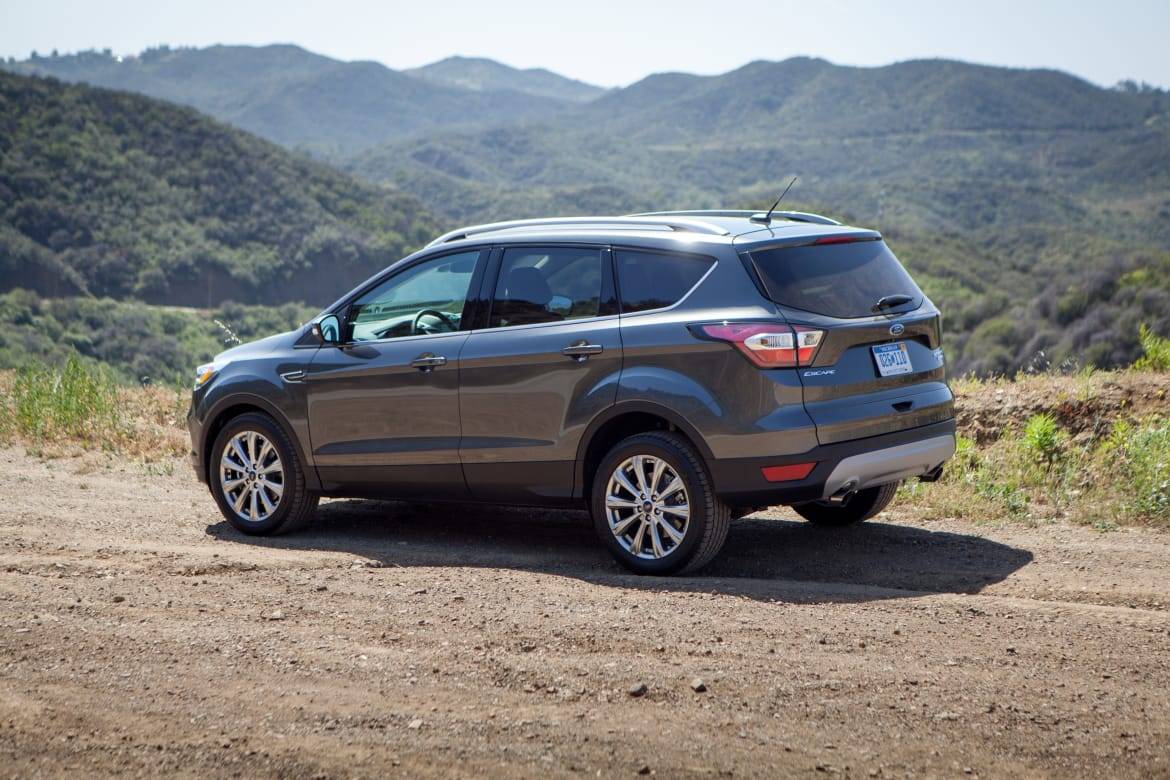
There’s also a midlevel EcoBoost engine, a new 179-hp, turbocharged 1.5-liter four-cylinder that replaces 2016’s 178-hp, turbocharged 1.6-liter four-cylinder. It’s so good that the 2.0-liter isn’t as much of an upgrade as its 66-hp advantage suggests. The larger displacement four-cylinder is definitely the stronger and smoother of the two, but the 1.5-liter does the trick with vigor and well-roundedness surprising enough to get a nod of approval even with less displacement than a 2-liter soda bottle. It didn’t shine as brightly on the steep roads outside Los Angeles, though it’s still peppy when compared with most competitors. Ford projects these two engines will account for 90 percent of Escape sales. The remaining 10 percent will use a non-turbocharged 168-hp, 2.5-liter four-cylinder available only on the base front-wheel-drive S trim level. The 1.5-liter is standard on SE and Titanium trims, where the 2.0-liter is optional; both pair with a six-speed automatic transmission and standard front-wheel drive or optional all-wheel drive.
The price paid for the Escape’s punchy demeanor is at the gas pump: Fuel economy ratings are on the weak side, at best an EPA-estimated 23/30/26 mpg city/highway/combined with the 1.5-liter and front-wheel drive. The 2016 Honda CR-V, 2016 Hyundai Tucson Eco and 2016 Mazda CX-5 with the 2.5-liter all get a maximum 29 mpg combined with automatic transmissions.
Both of the Escape’s turbocharged engines come with new stop-start technology for 2017, a fuel-saving measure that even luxury cars struggle to perfect. The Escape’s stop-start feature is one of the smoother implementations out there, so seamless that I didn’t feel the need to immediately defeat the feature at startup as in so many other vehicles. A Ford Escape engineer predicted drivers will observe a 5 percent improvement in fuel economy using the feature.
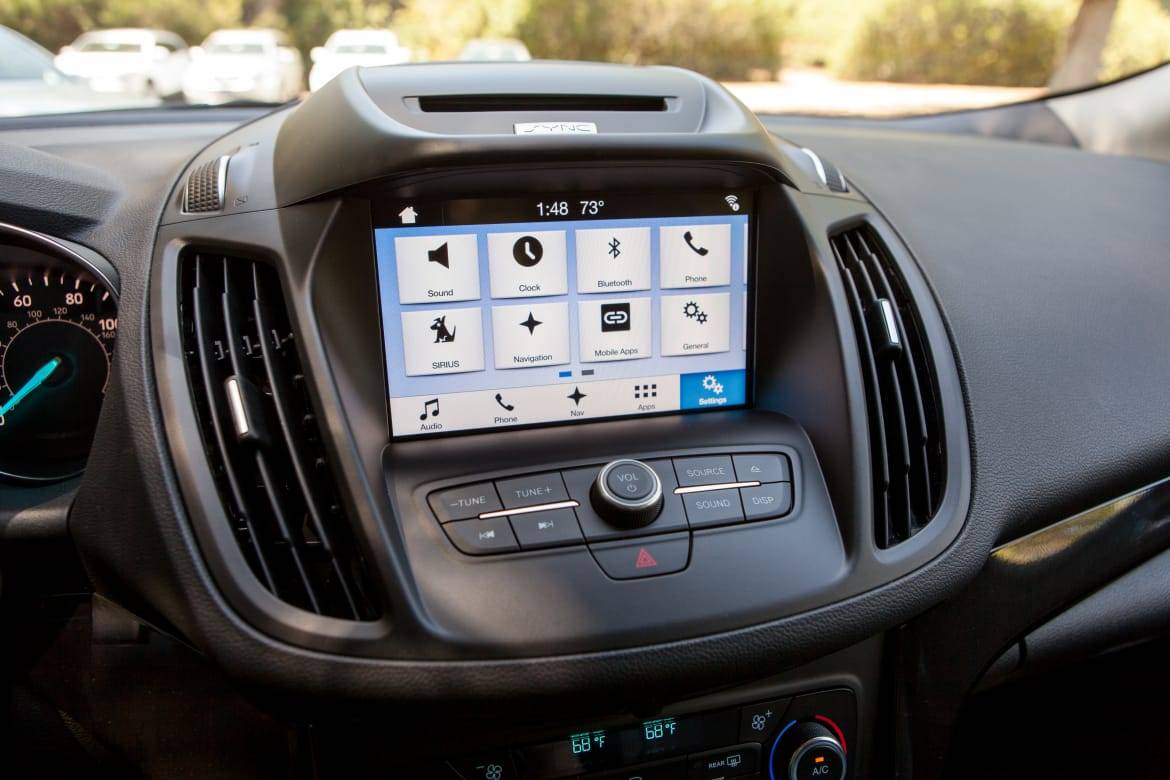
The Escape pulls away from competitors not only at stoplights, but also on the multimedia front with its responsive, easy-to-use Sync 3 that in 2016 replaced the much-maligned MyFord Touch. For 2017, the optional Sync 3 is even more robust, now including Apple CarPlay and Android Auto as well as introducing Sync Connect with an in-car modem that brings smartphone control for remote start and other features through the FordPass application, plus over-the-air updates through Wi-Fi. Those updates, available when the Escape is connected to a Wi-Fi network, can improve system performance or add Sync features, eliminating the previous way of downloading a file to a USB drive and plugging it into the car. The revised Sync 3 launches the Escape into the in-car-technology conversation like MyFord Touch never did — meaning in a good way. Sync3 with Sync Connect is standard on Titanium trims and available on SE trims as part of an SE Technology Package that comes with blind spot monitoring and five years of data service for the app-based Sync Connect functions.
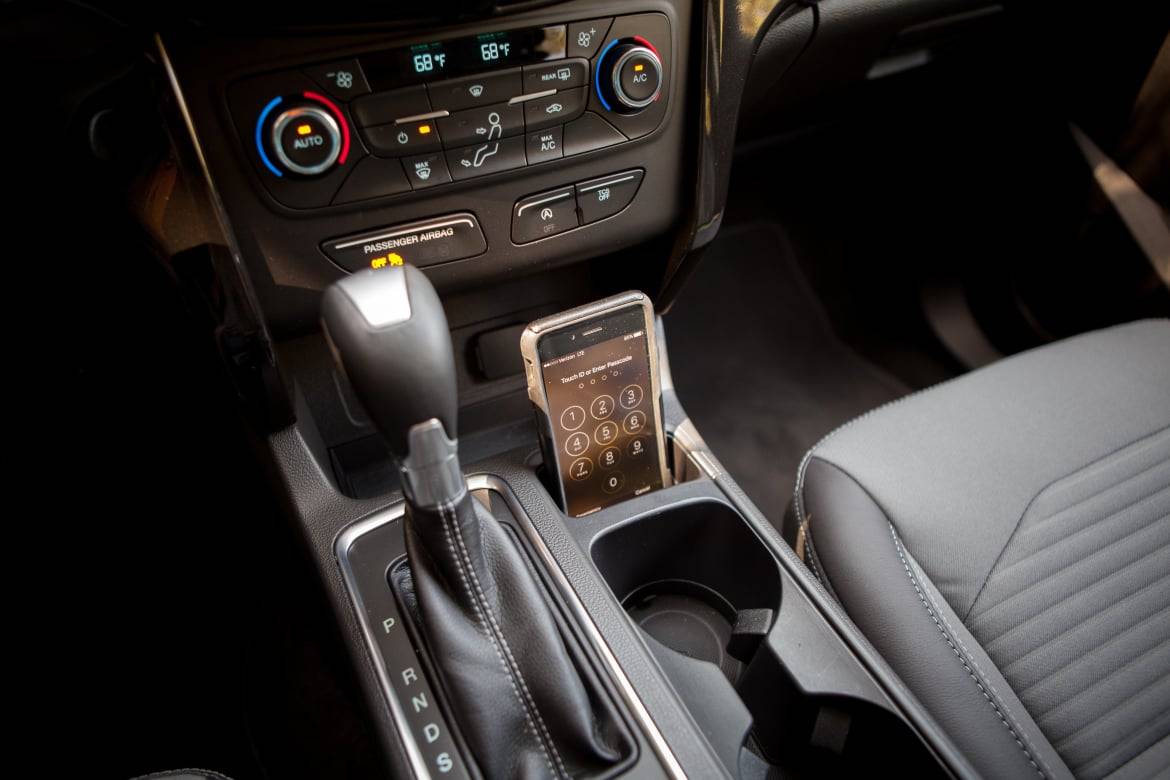
An overhaul of the Escape’s center console opens up badly needed new storage areas for connected devices and other pocket items. The introduction of an electric parking brake eliminated the large hand lever and allowed the gear selector to move from farther forward on the rising center console to a more traditional position, freeing up a lot of convenient cubby space. Particularly useful is an area forward of the cupholder, which provided just enough room for my iPhone 6 to stand vertically within easy reach. While this whole area has more usability, the materials and design remain somewhat uninspiring and stale compared with the sporty interior of the 2016 Mazda CX-5 or premium feel of the 2016 Nissan Rogue. Cargo and backseat room are unchanged for 2017 and remain roomy. Available power and kick-to-open liftgates remain, as does the heavy folding backseat, a chore to pull back into position after folding.
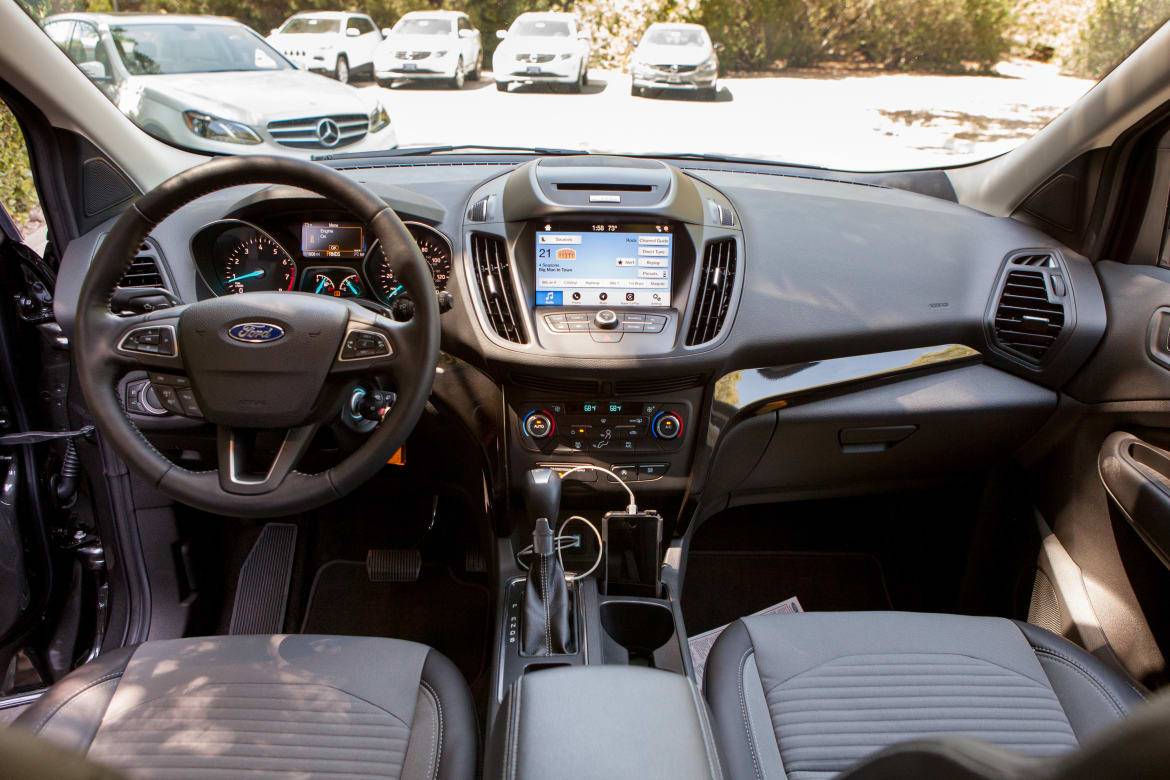
The Escape’s new adaptive cruise control, lane departure prevention and forward collision warning with automatic emergency braking are features that have trickled down from expensive cars. Ford has executed these features well on the Escape, with adjustability baked into the alerts and lane correction so the car isn’t blaring at you in stop-and-go traffic like a perturbed R2-D2. As with other compact SUVs, the Escape restricts these features to the most expensive trim level, the Titanium, as an option.
Ford scaled back pricing for 2017 on the popular SE and Titanium trims, slashing base prices by $690 and $895, respectively. It’s a good move, and most Escape buyers will see the benefit of the lowered pricing on popular SE ($25,995 with destination) and Titanium trims ($29,995). At $36,650, an Escape Titanium I drove with the optional 2.0-liter, all-wheel drive, panoramic moonroof, navigation, adaptive cruise and precollision warning certainly didn’t have appropriate interior trimmings to match that price tag and is still very much like the old Escape on the inside with additional features. Overall, the mild redesign brings the 2017 Escape’s feature offerings more in line with the rest of the class, and it easily stands out from the crowd with its driving refinement and multimedia technology.
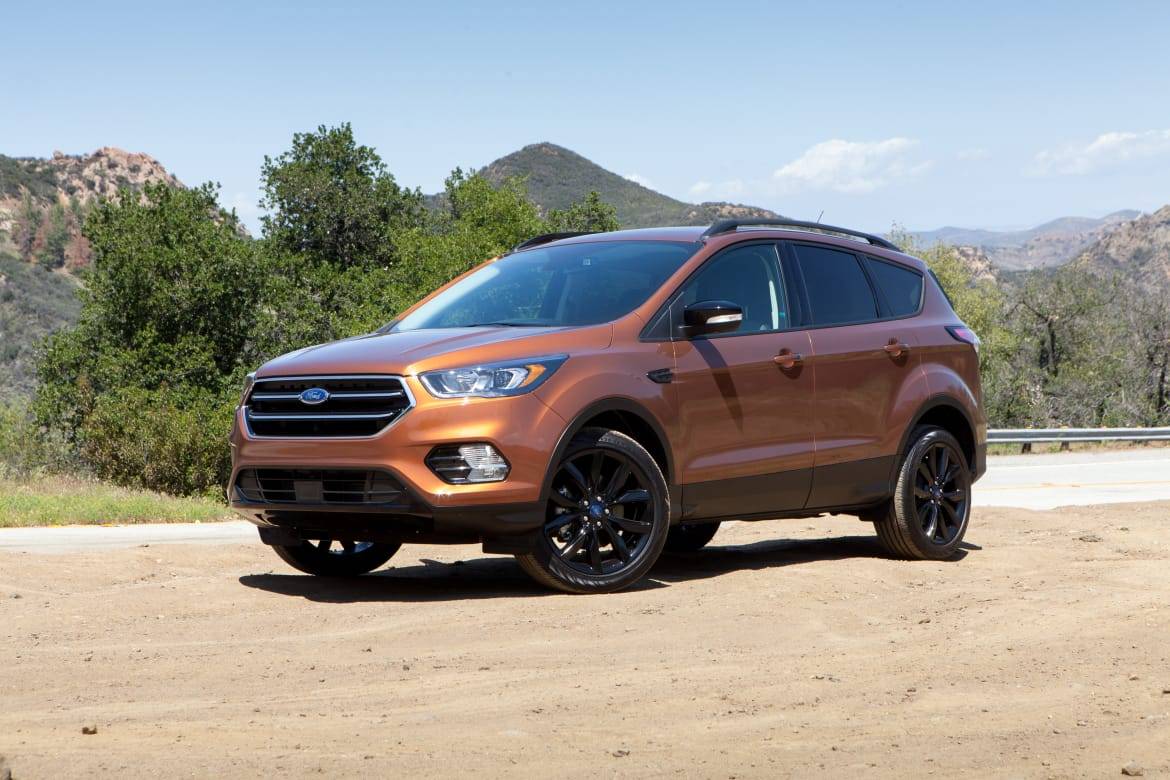
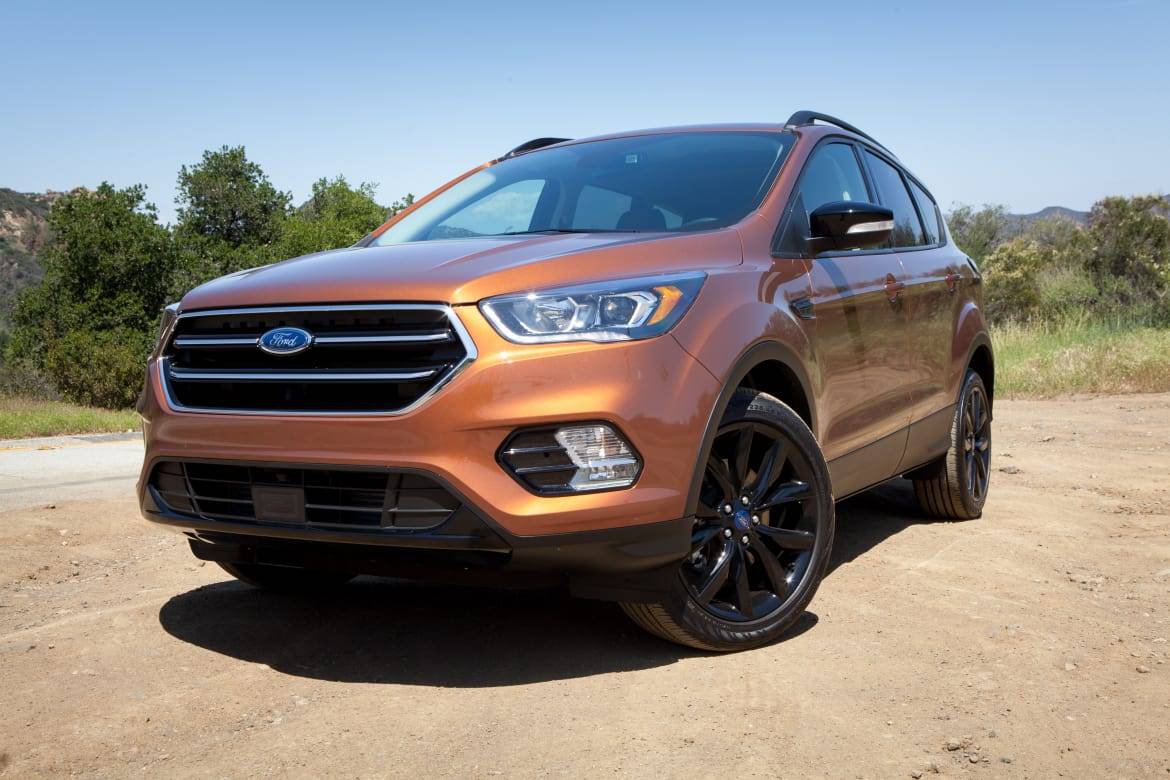

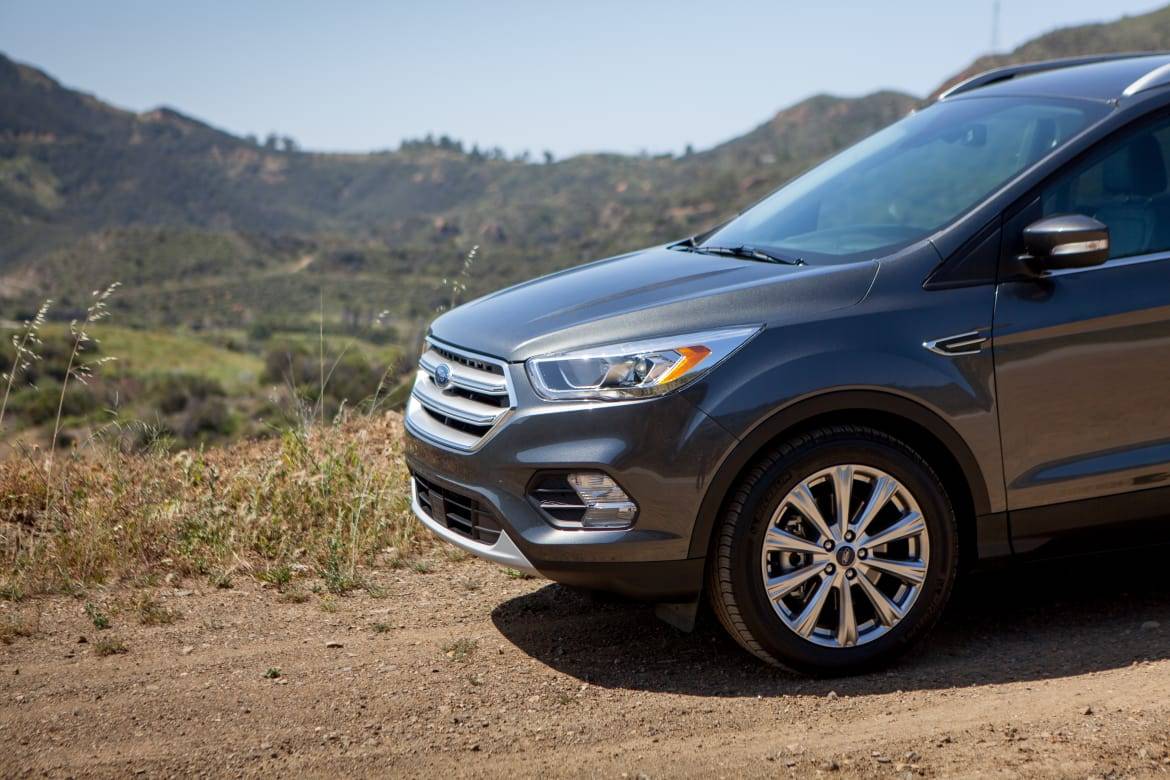
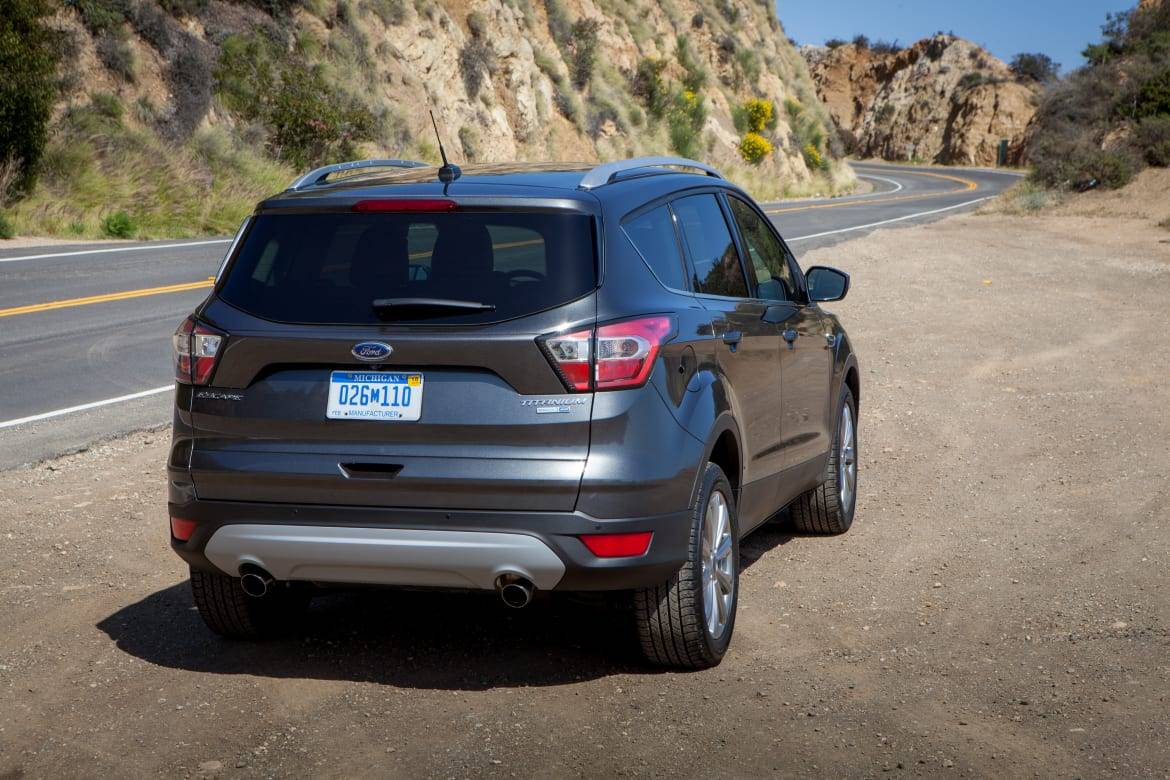

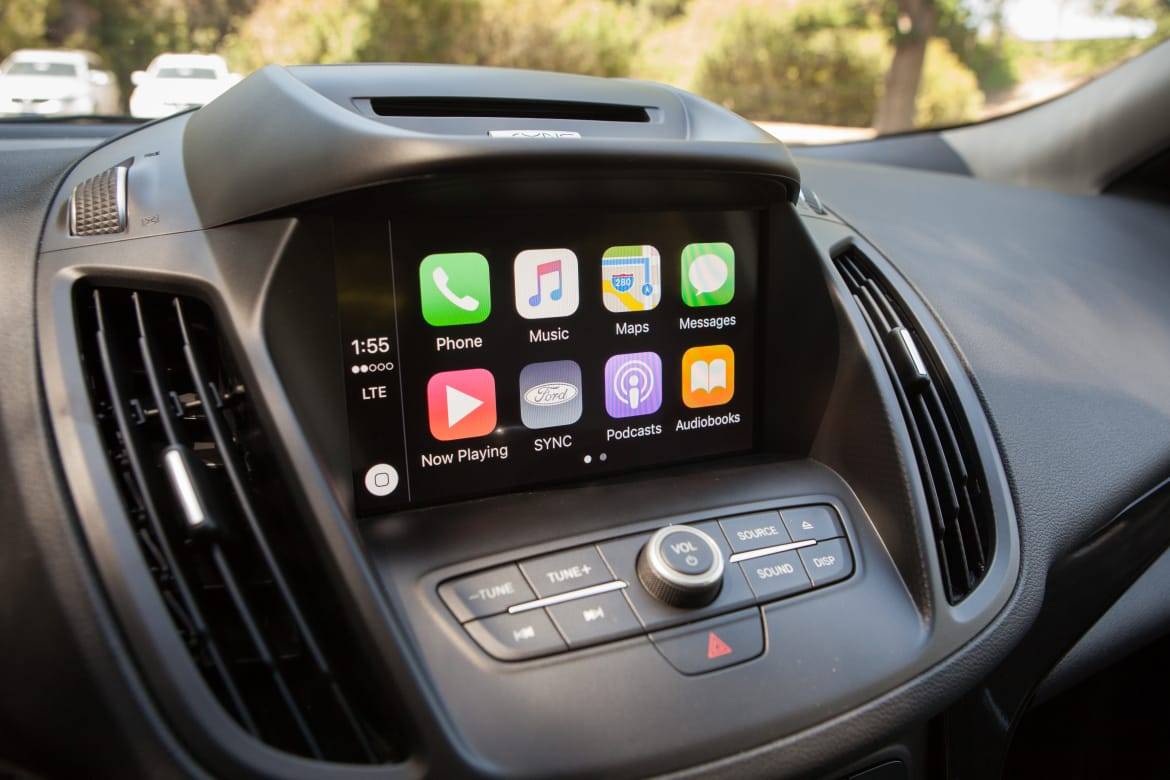
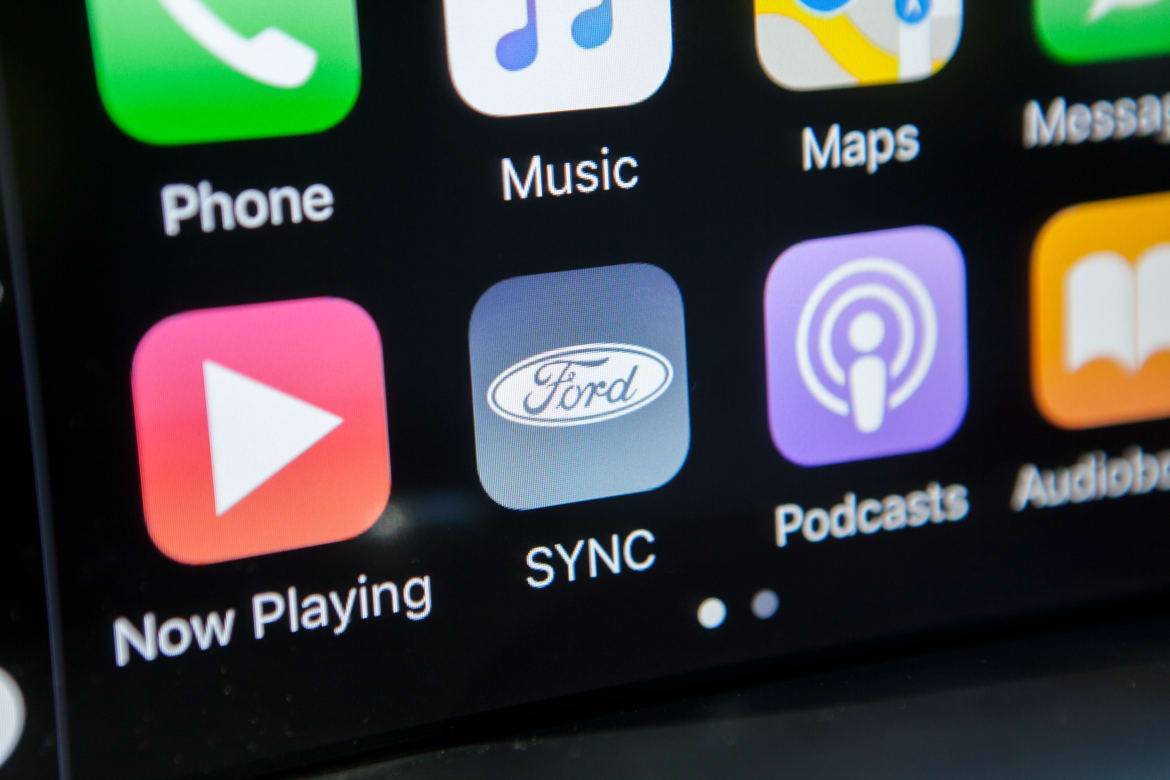
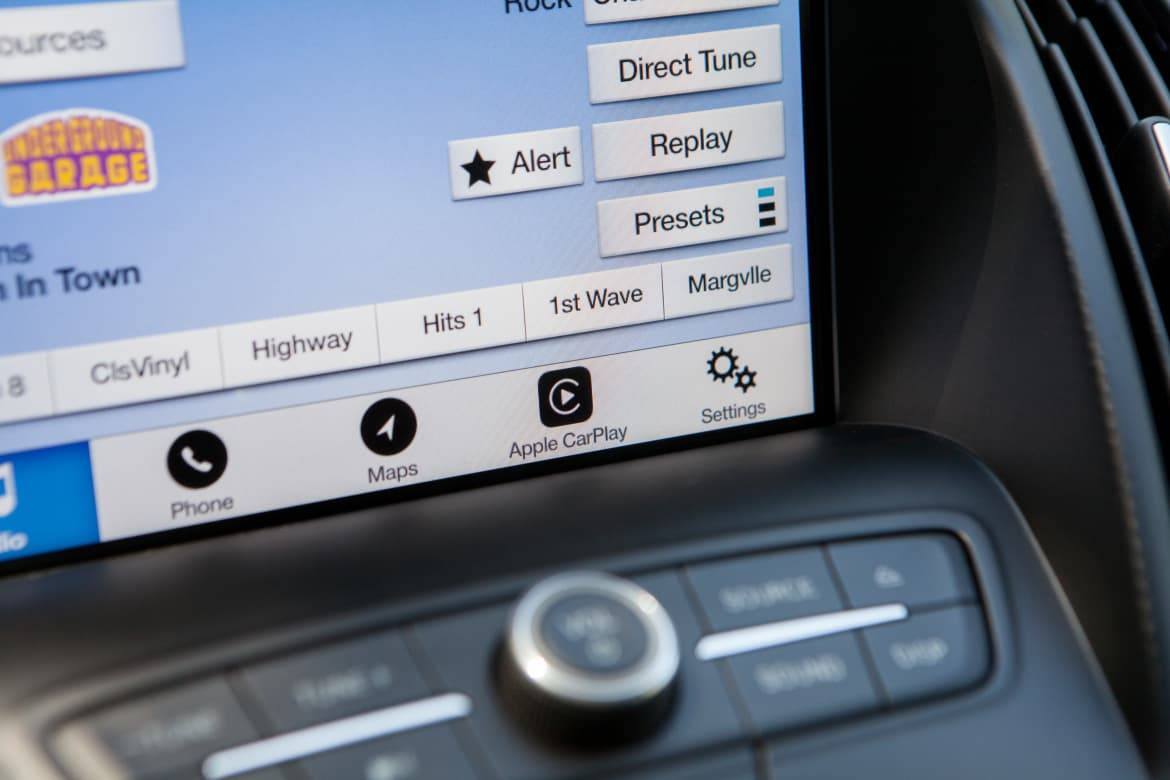
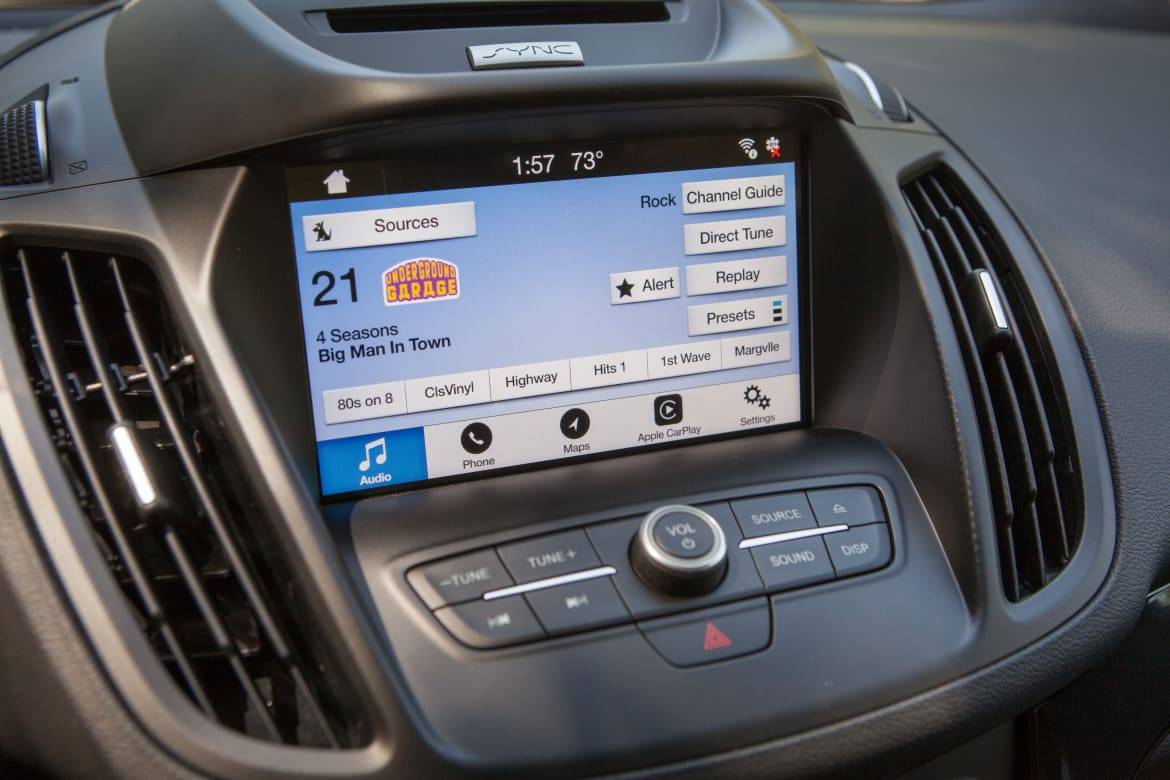
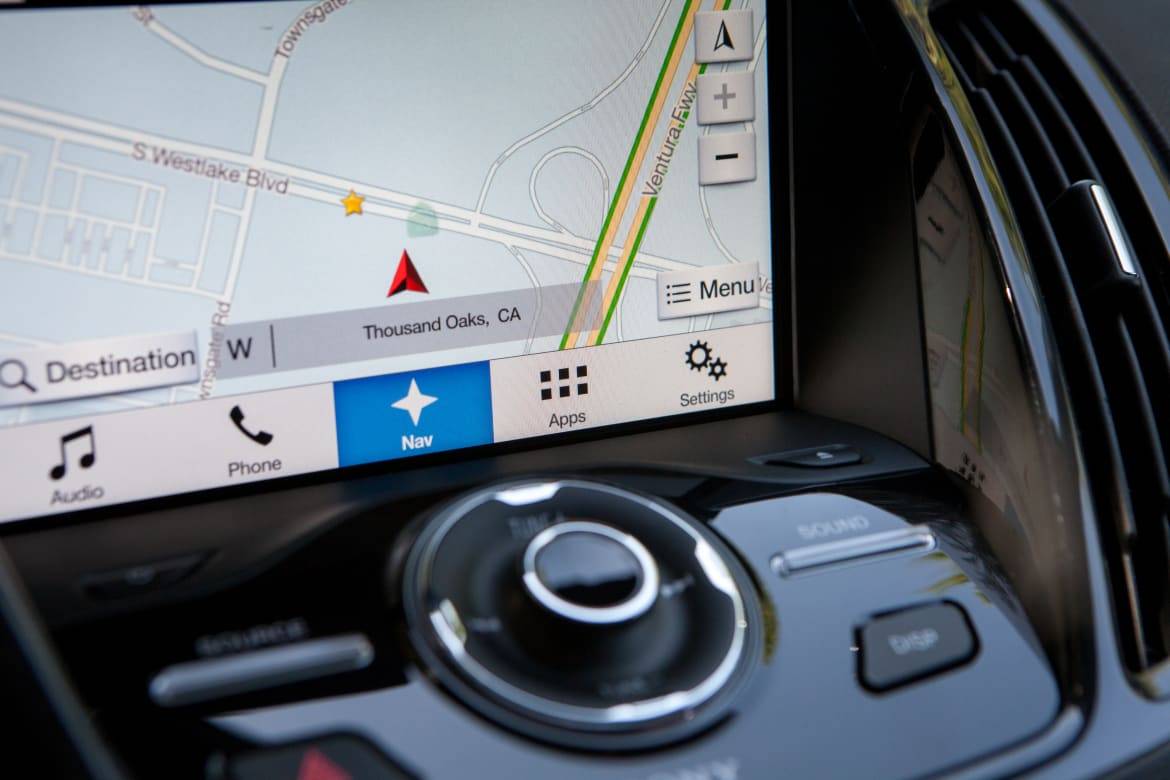
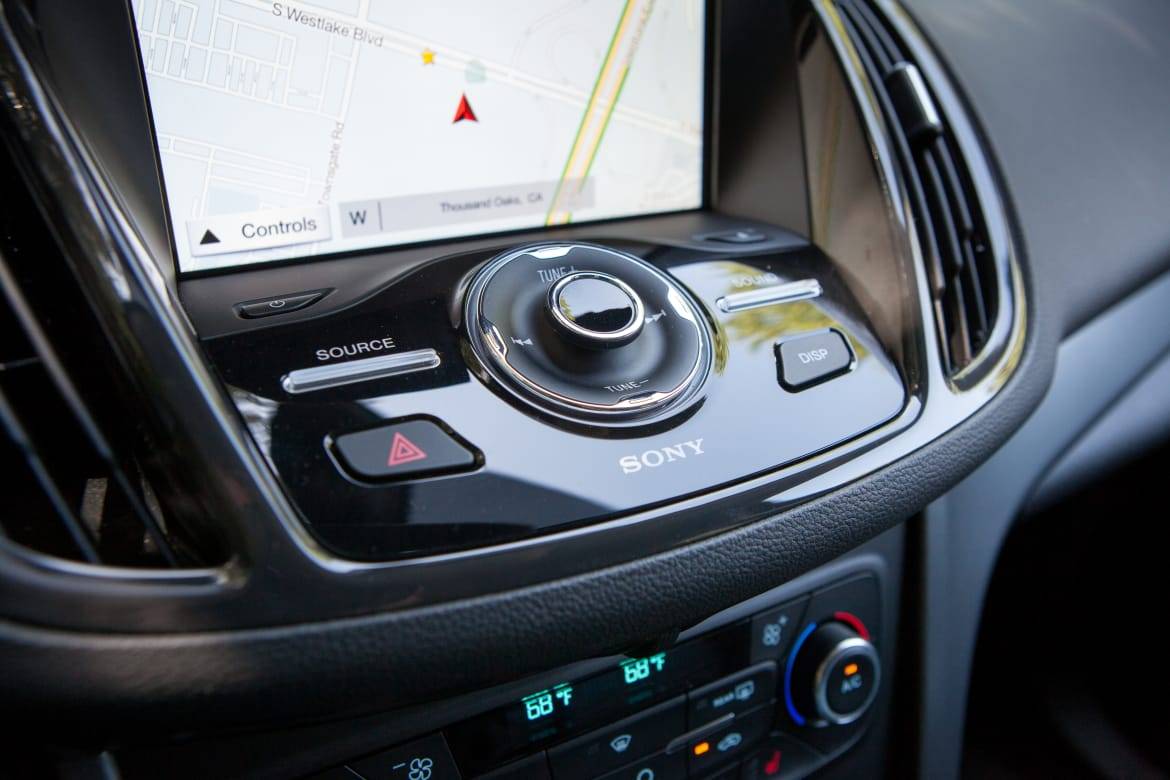

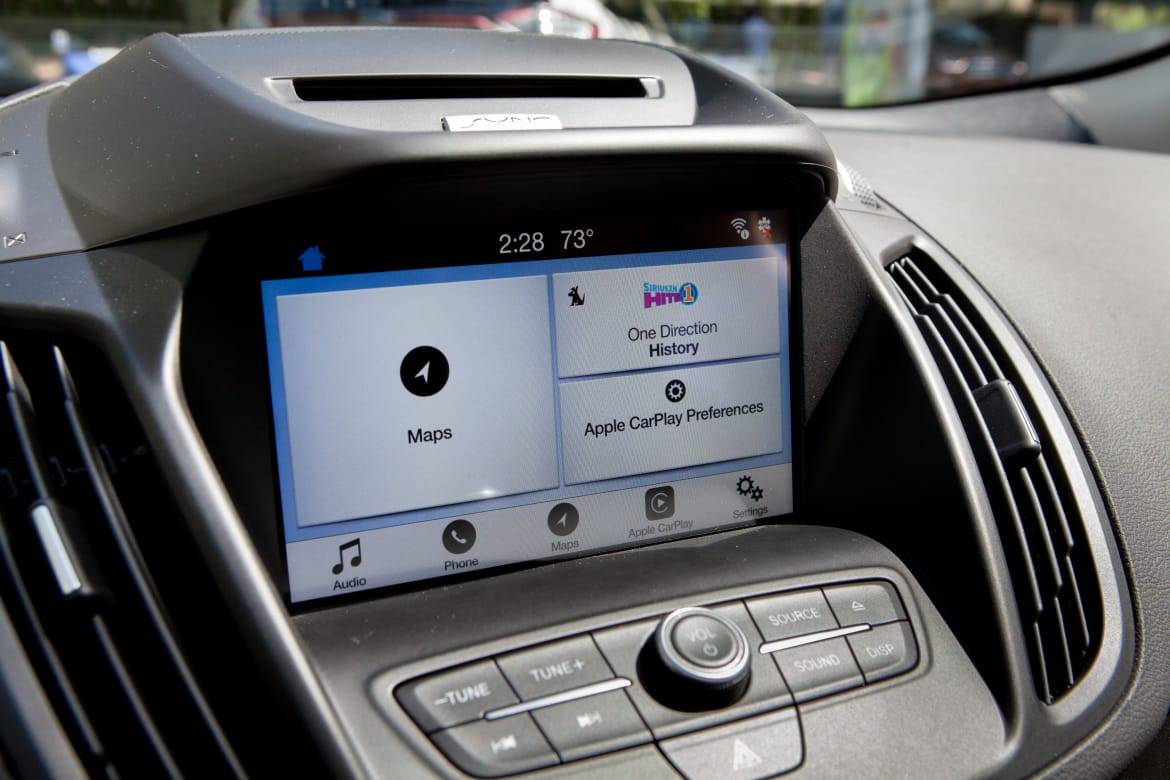
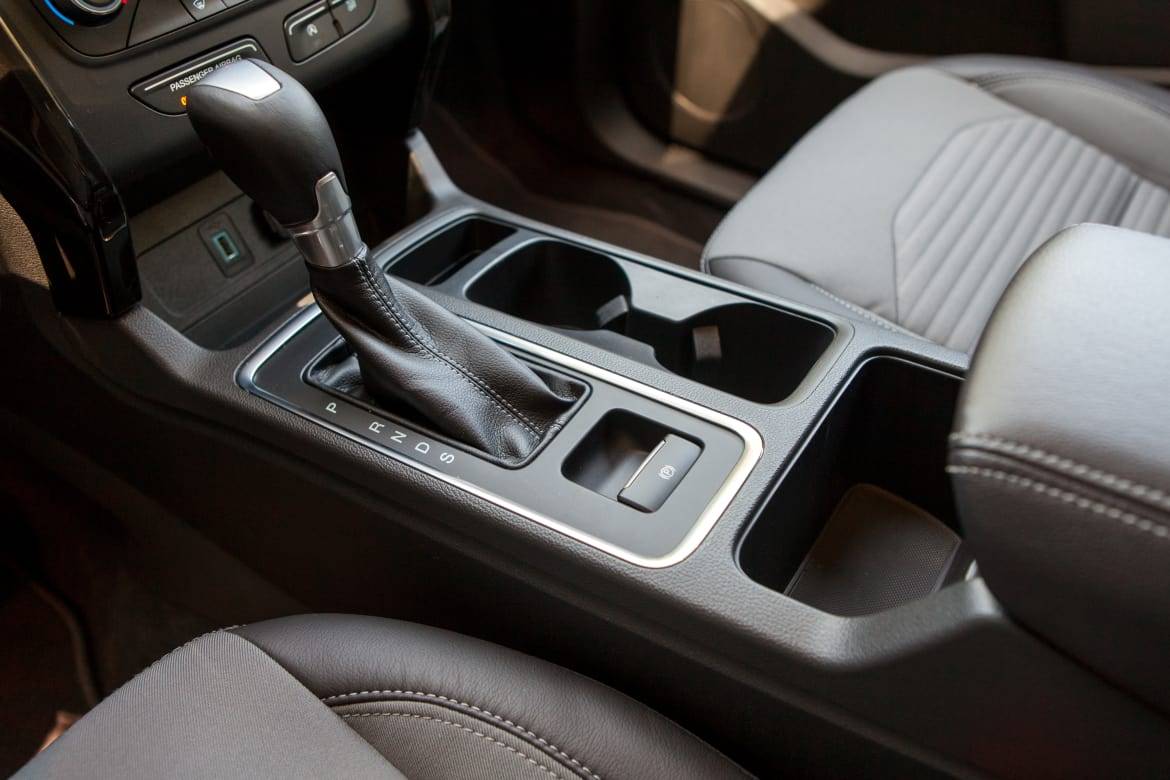
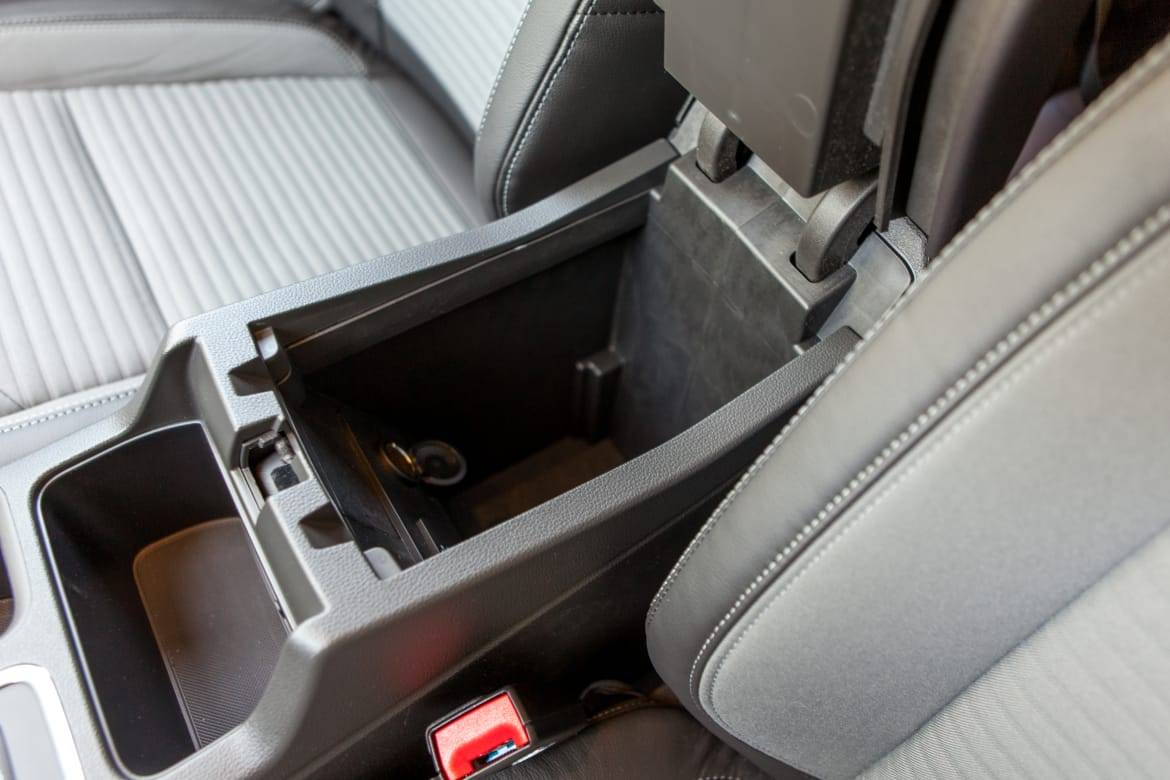























Managing Editor Joe Bruzek’s 22 years of automotive experience doesn’t count the lifelong obsession that started as a kid admiring his dad’s 1964 Chevrolet Corvette — and continues to this day. Joe’s been an automotive journalist with Cars.com for 16 years, writing shopper-focused car reviews, news and research content. As Managing Editor, one of his favorite areas of focus is helping shoppers understand electric cars and how to determine whether going electric is right for them. In his free time, Joe maintains a love-hate relationship with his 1998 Pontiac Firebird Trans Am that he wishes would fix itself. LinkedIn: https://www.linkedin.com/in/joe-bruzek-2699b41b/
Featured stories























